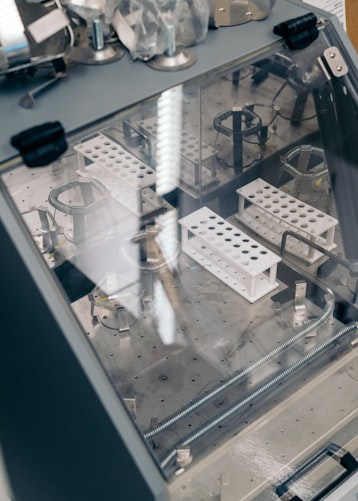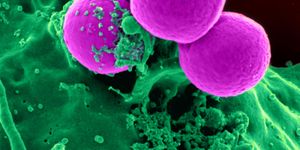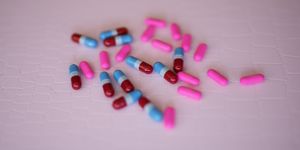New Microneedle Technology for Medical Treatments
Recent innovation at Cardiff University has pioneered microneedle technology that could end certain types of injections.
In collaboration with scientists at Coventry University, ‘Picofluidics Ltd’ has undergone rigorous proof of concept tests and trials to confirm its viability and is now available to go to the market.
The technology is thinner than human hair and can effectively deliver medicine than traditional hypodermic needles, often applied in the form of a patch to a patient's skin. The microneedle technology is more than well-suited to not only deliver virtually pain-free injection of medication such as vaccines or insulin but also to treat an array of skin problems, particularly certain forms of skin cancer.
"This milestone has been reached after many years of laboratory work developing a specific type of microneedle that can be produced for approximately one-tenth of the cost of those currently on the market. We are now looking to collaborate with partners to commercialise our technology and roll out the benefits to patients,” says Dr. John Macneil, founder and Managing Director of Picofluidics.
"While many standard injections could potentially be replaced by a microneedle patch, we believe adoption will commence with 'niche' applications, such as pain relief where patients can self-administer a patch instead of applying a cream or gel.”
Learn more about the early developments of microneedle technology:
“We then expect our microneedles to start replacing standard syringes in the delivery of some medicines. Aside from being a more comfortable option for patients, our microneedles produce less waste and potentially offer more control over the dose being delivered. It all makes for better treatment and better outcomes for patients."
Source: Cardiff University









